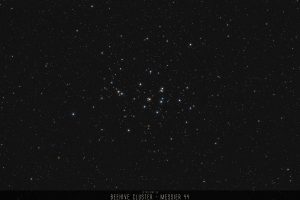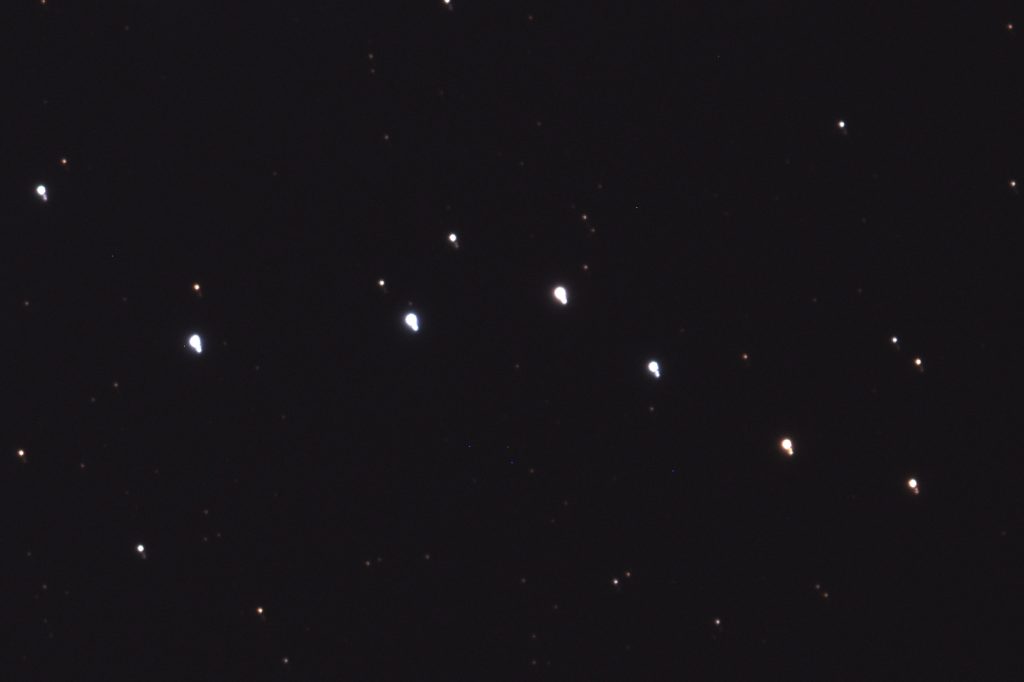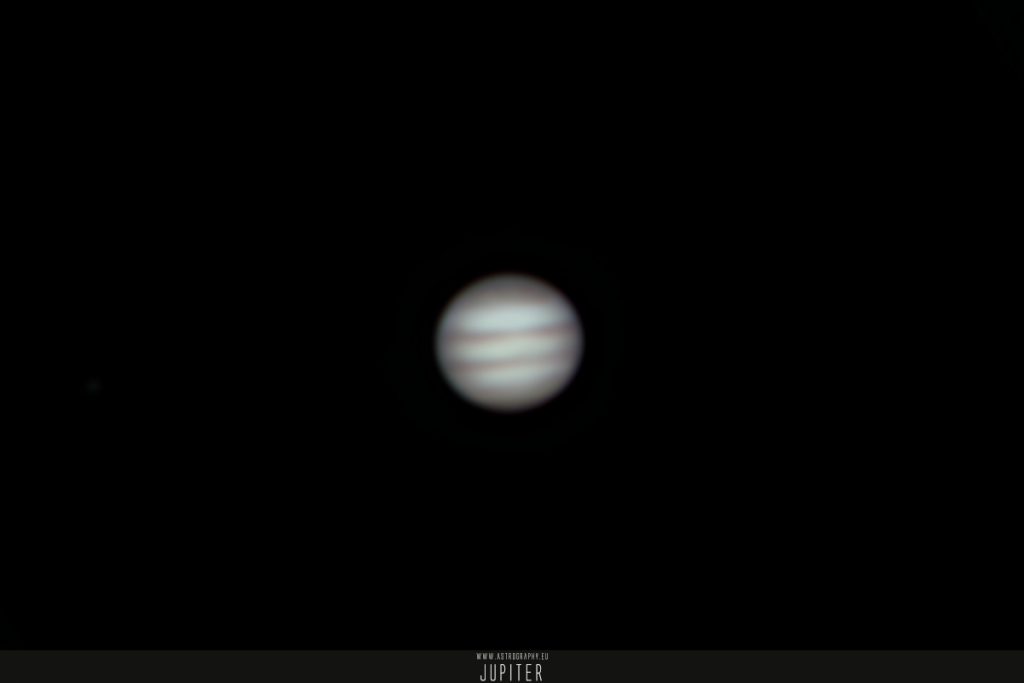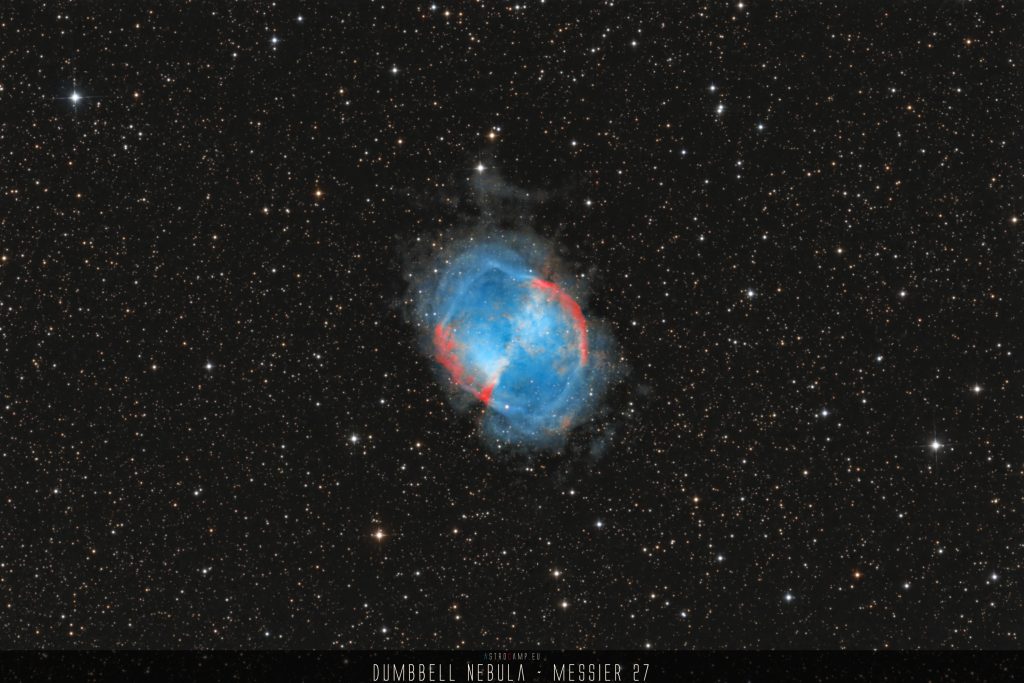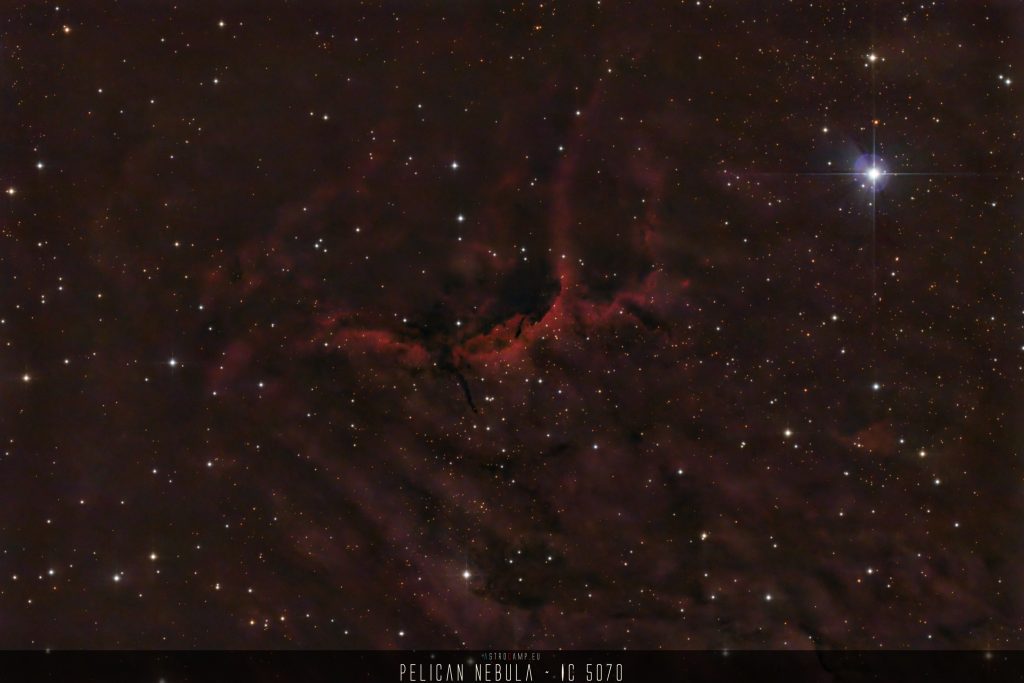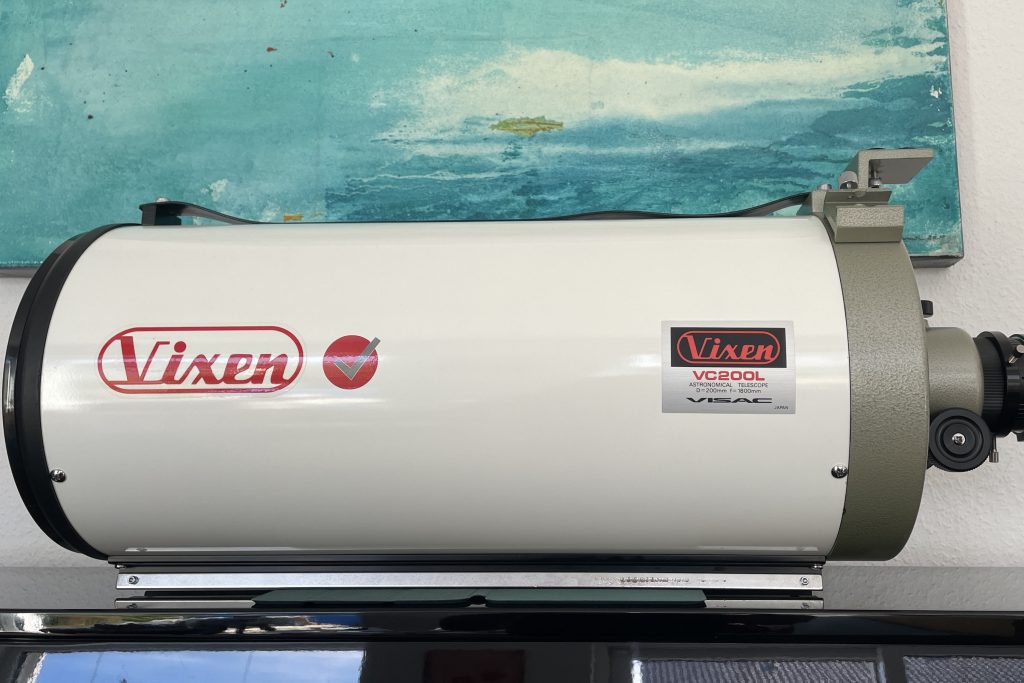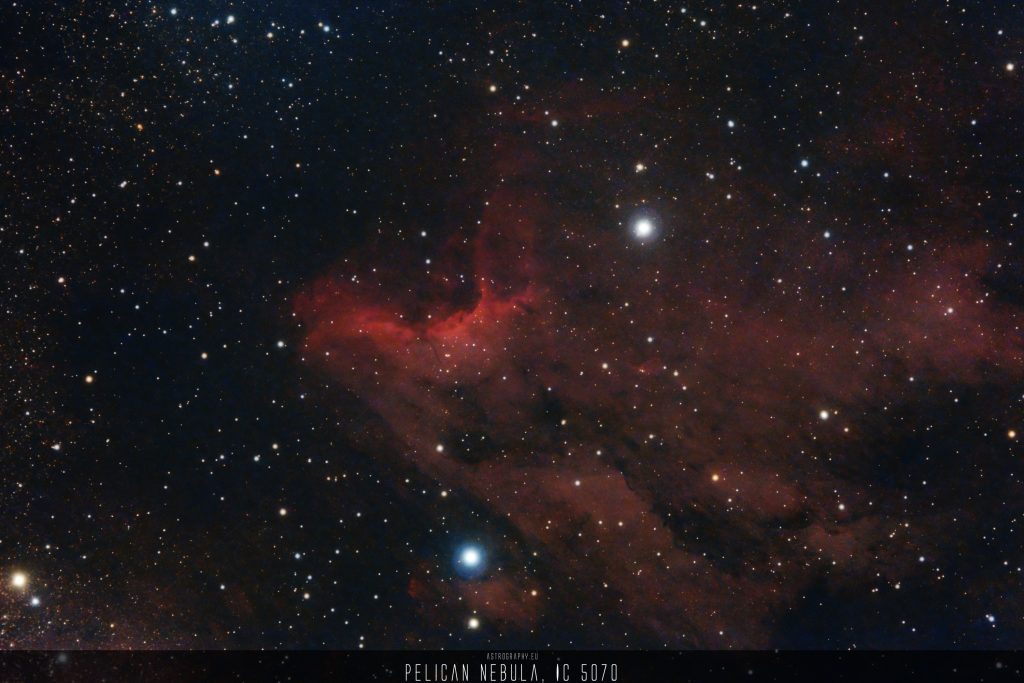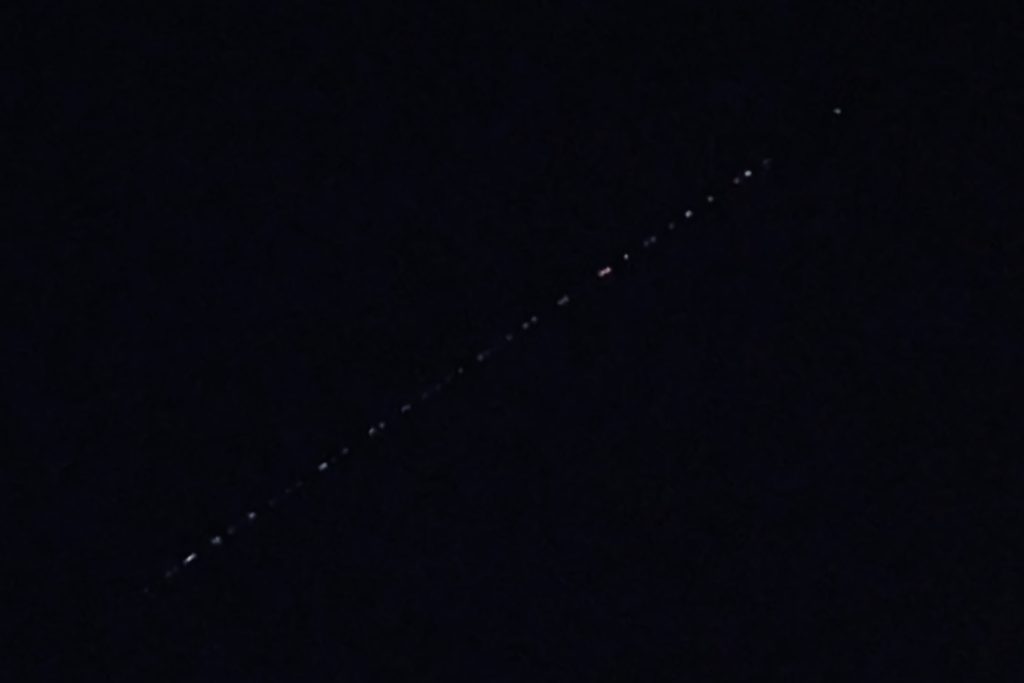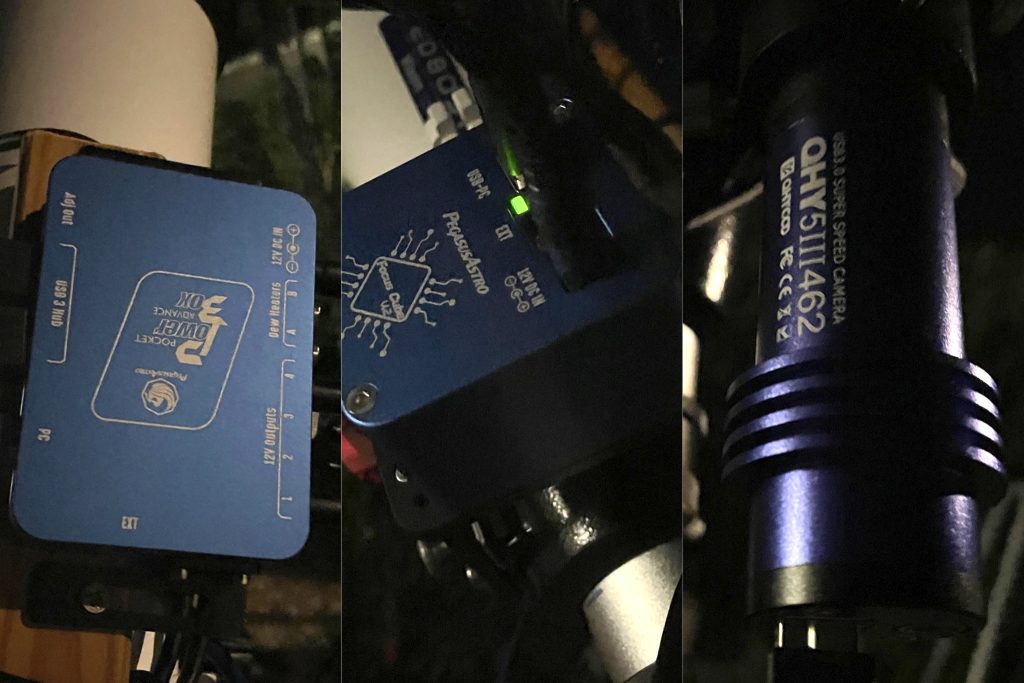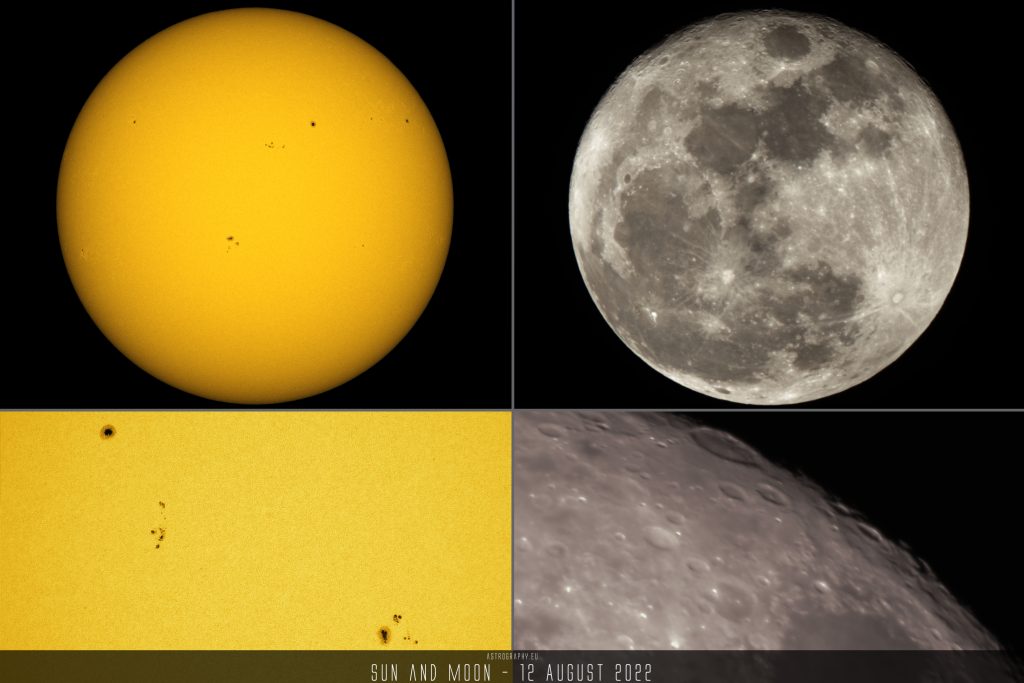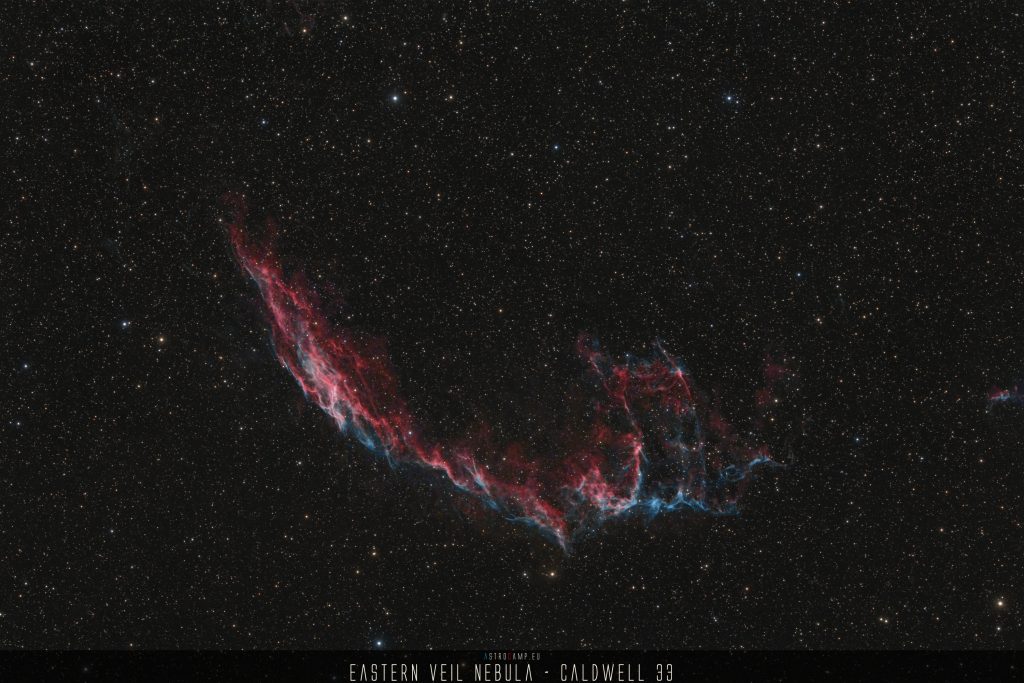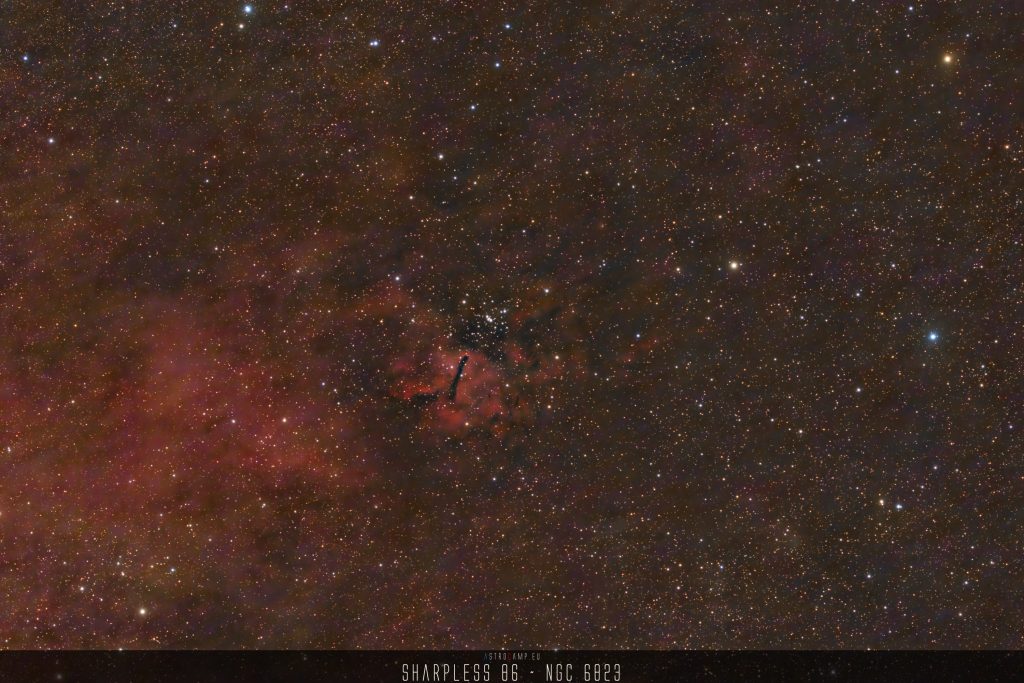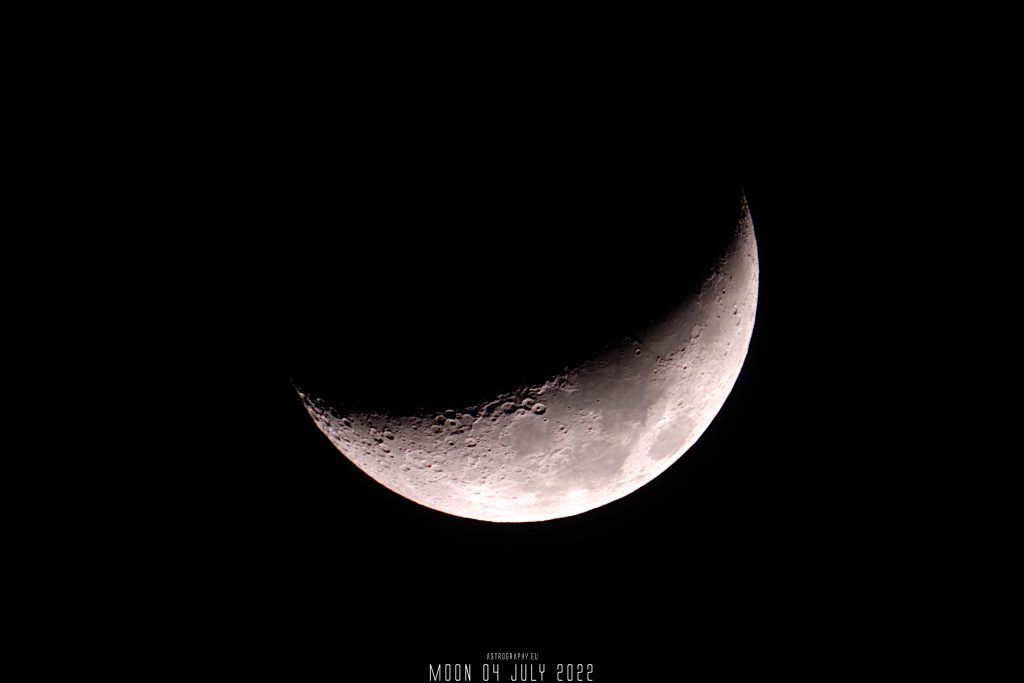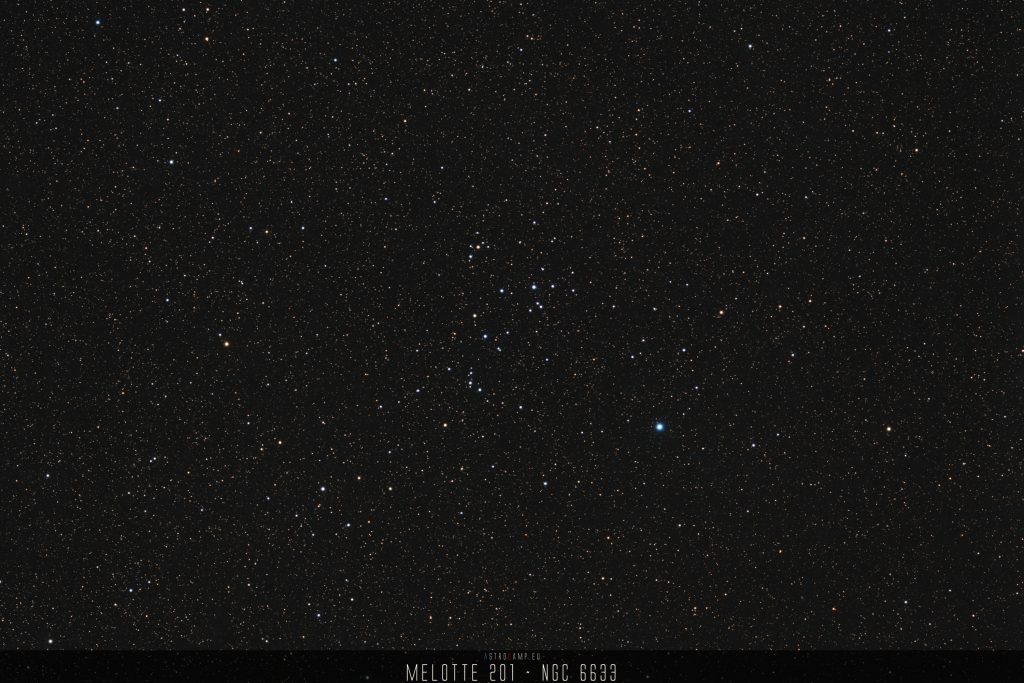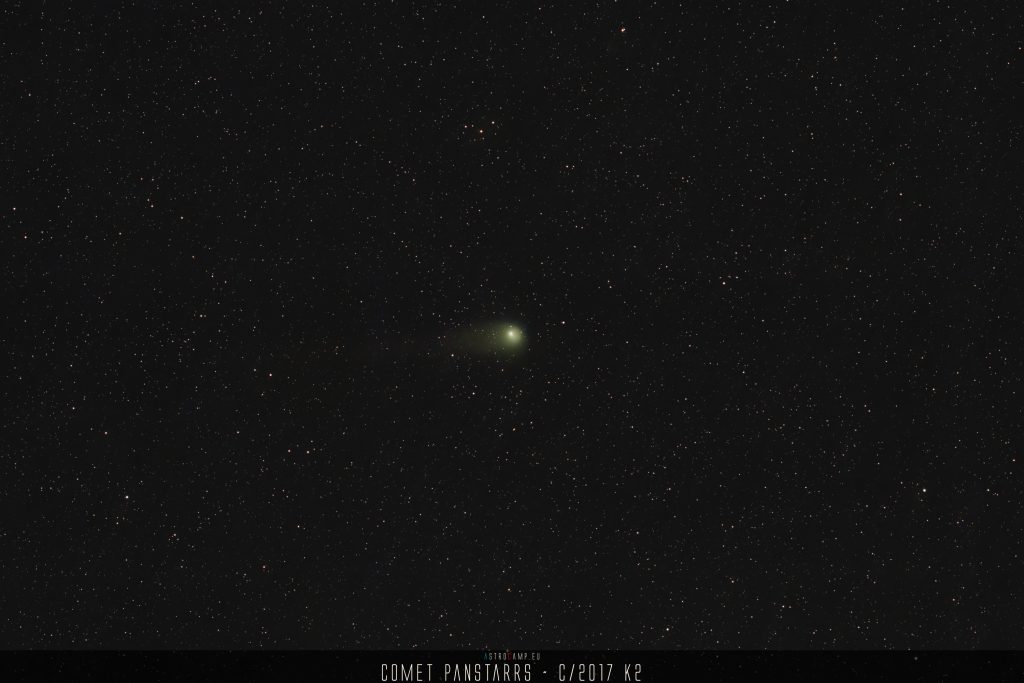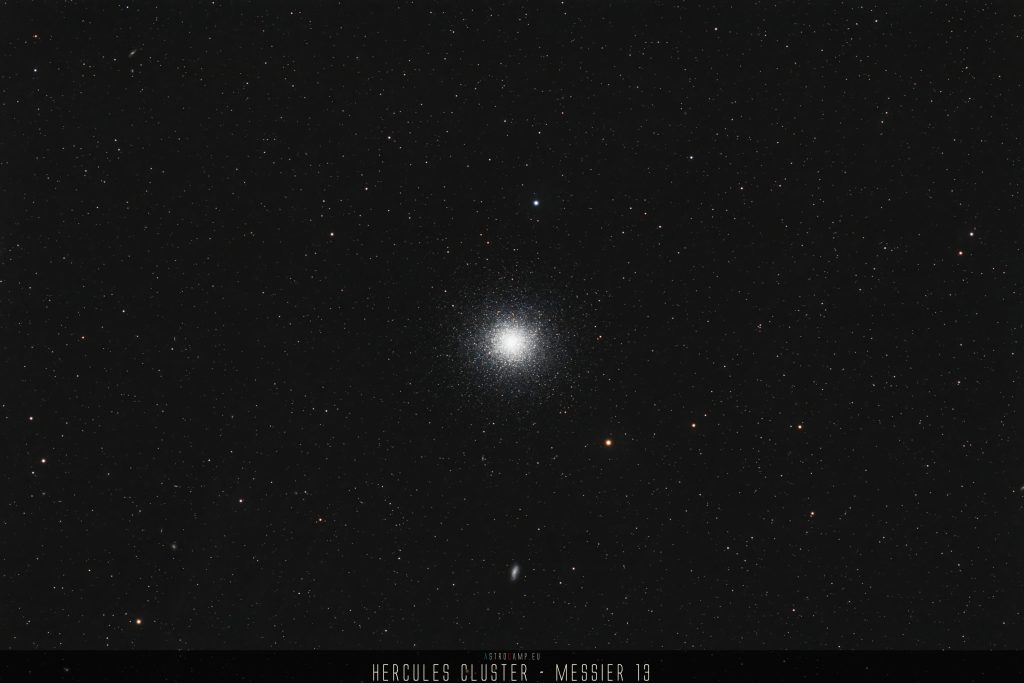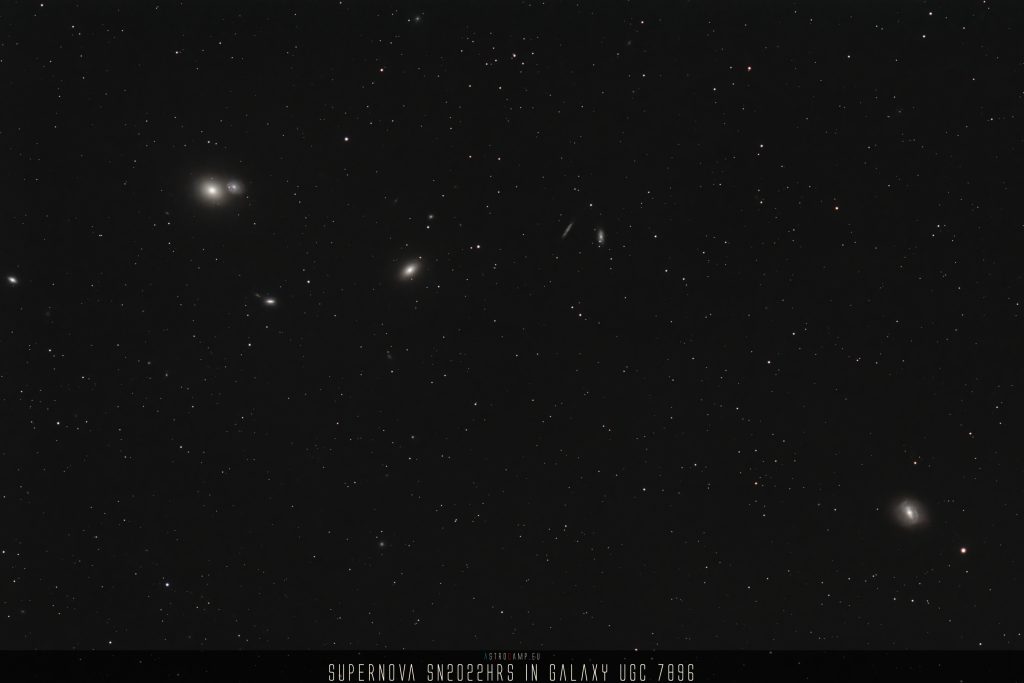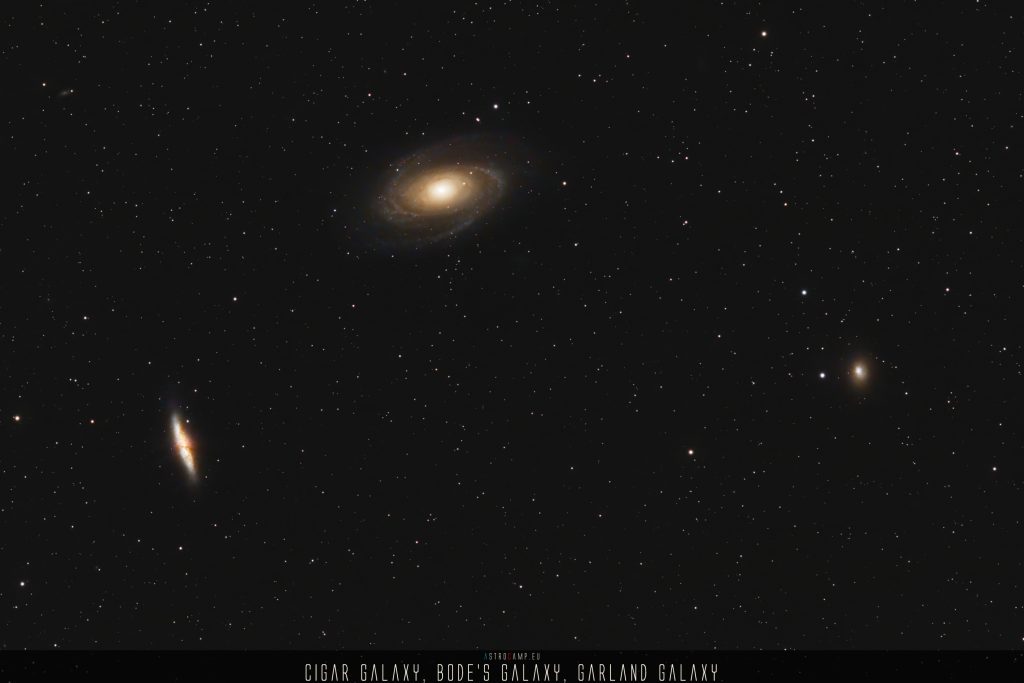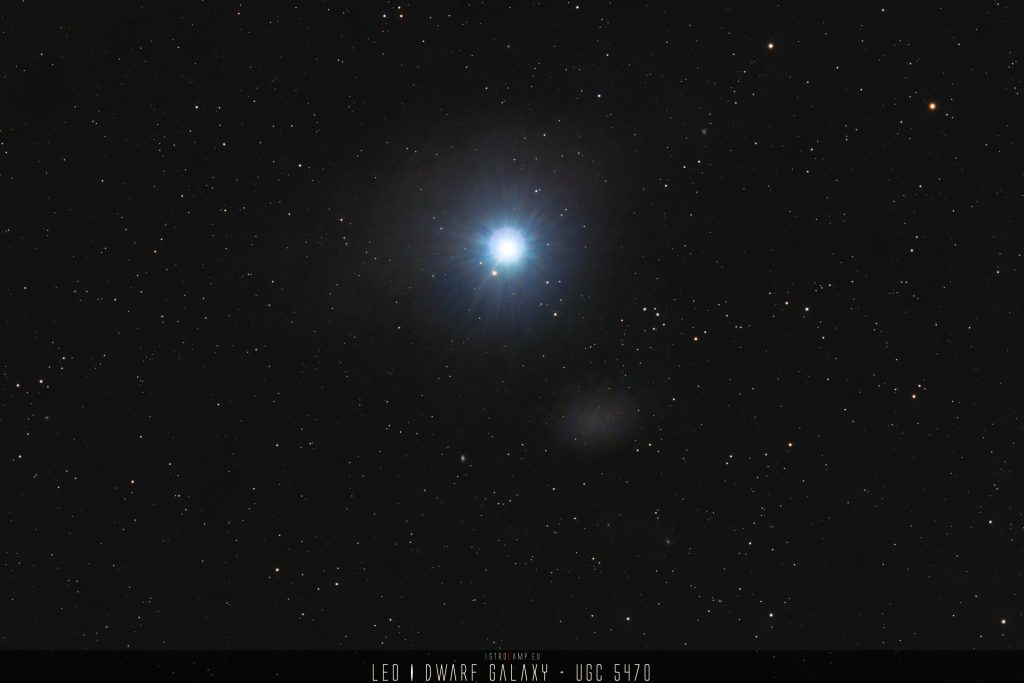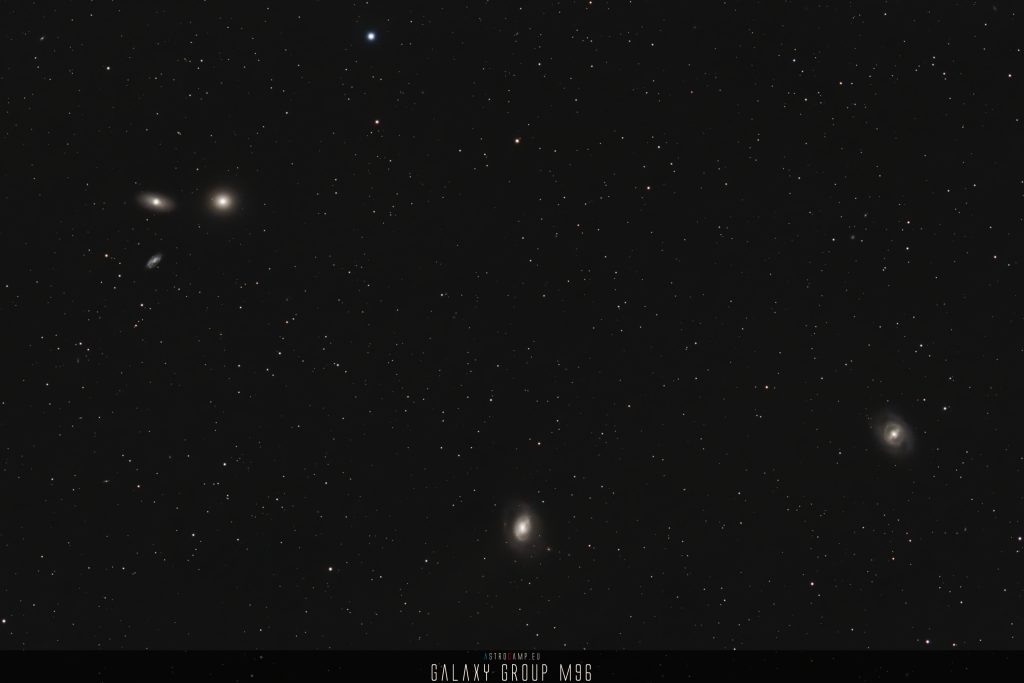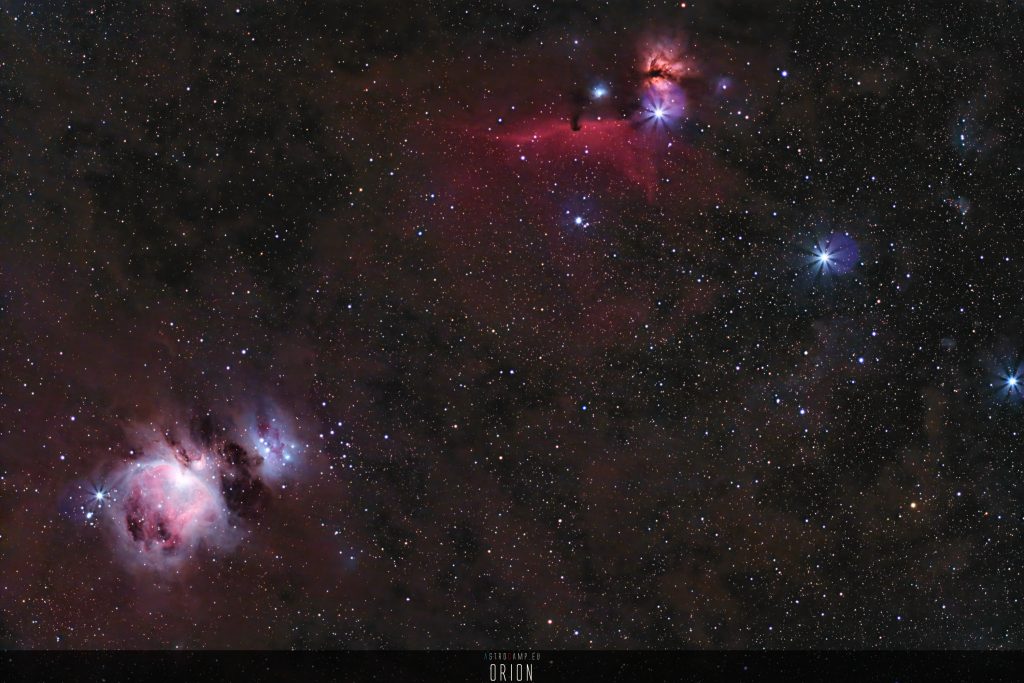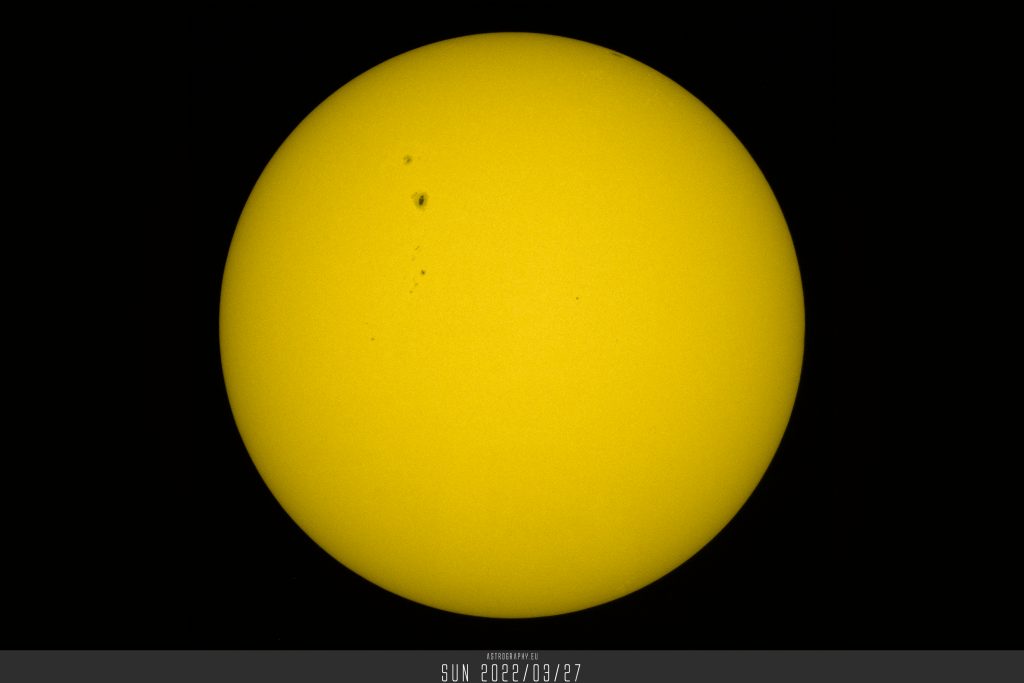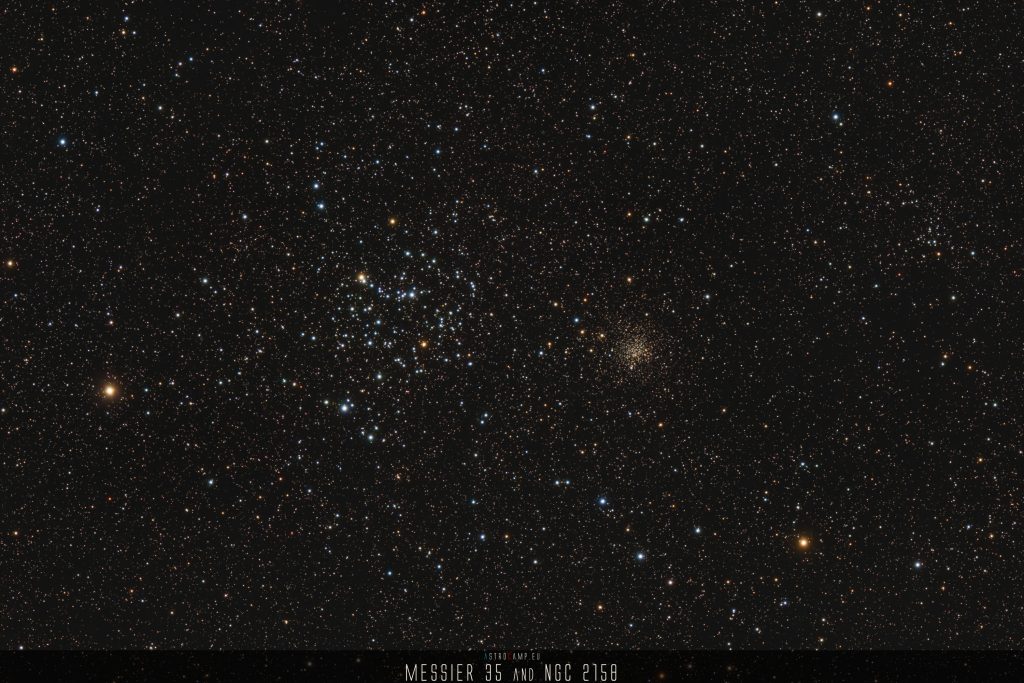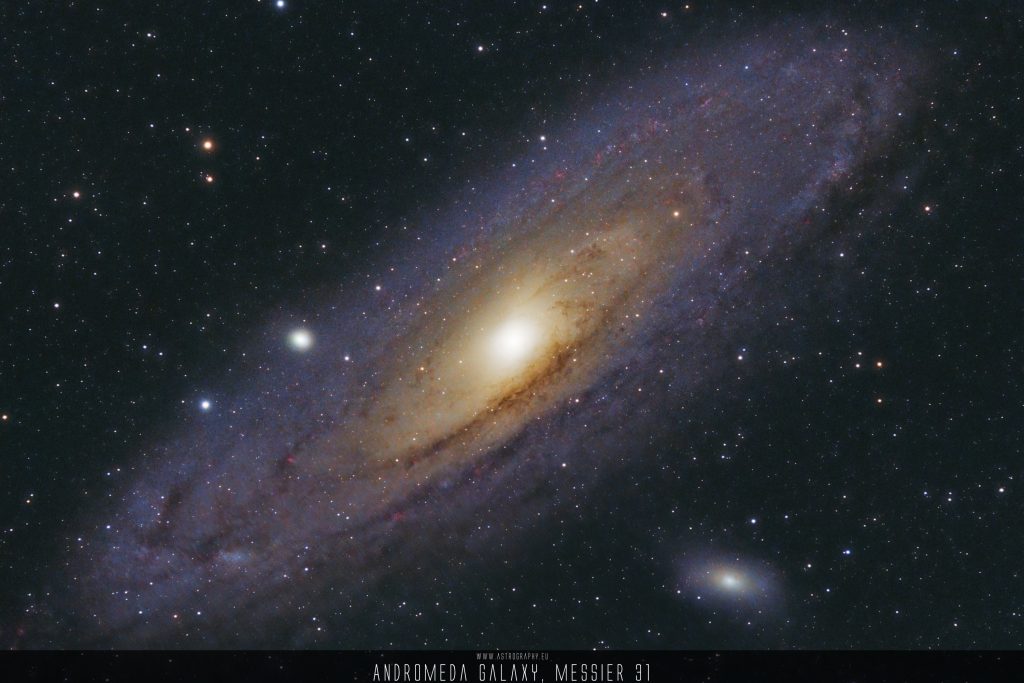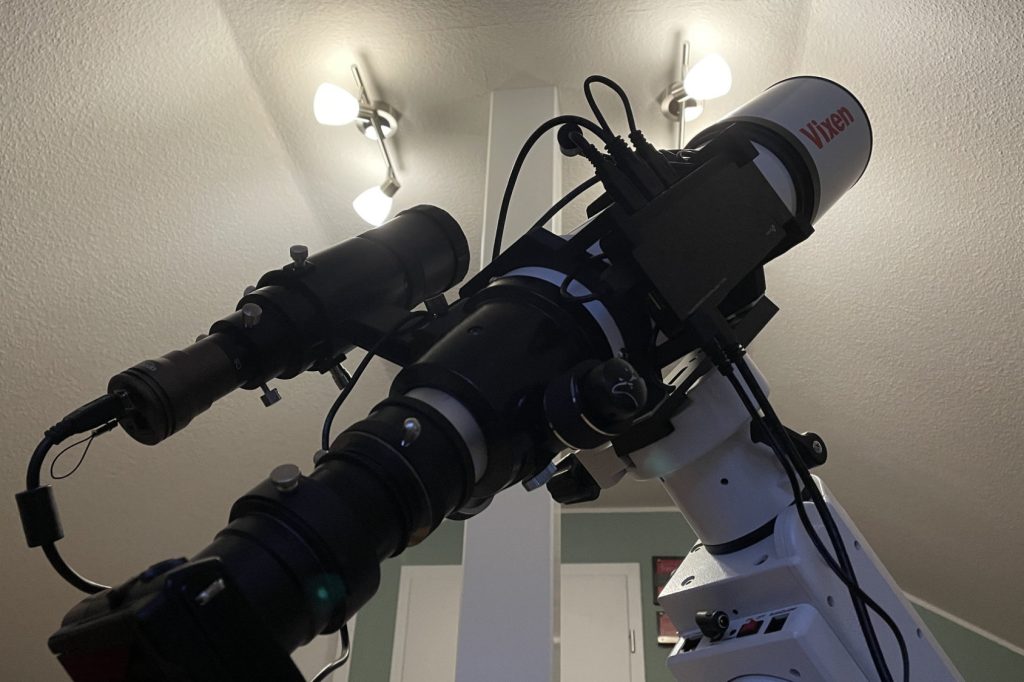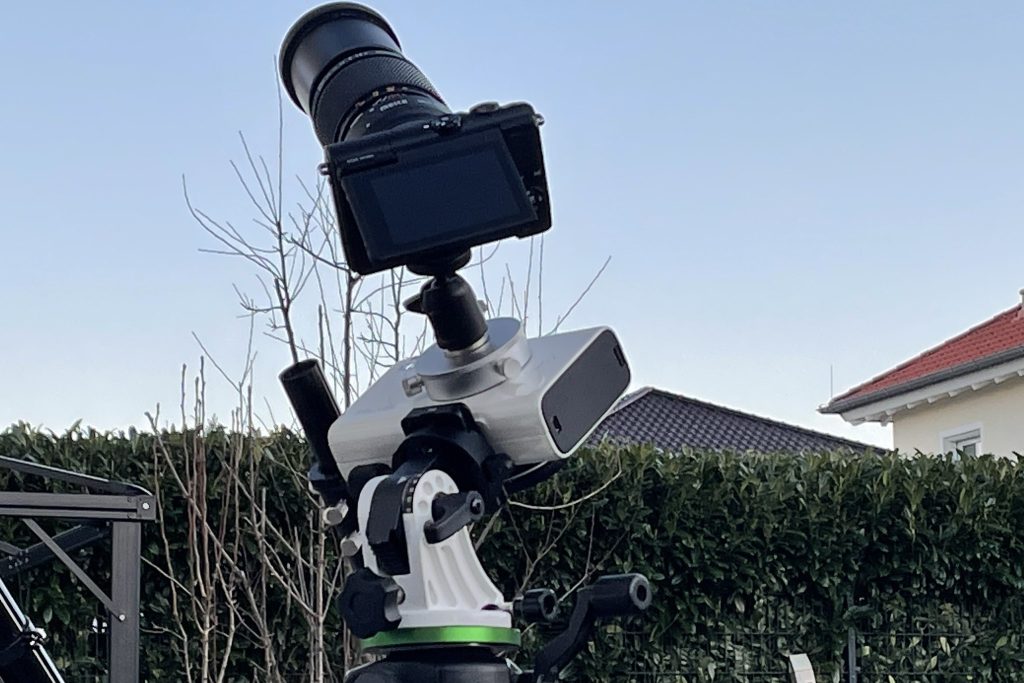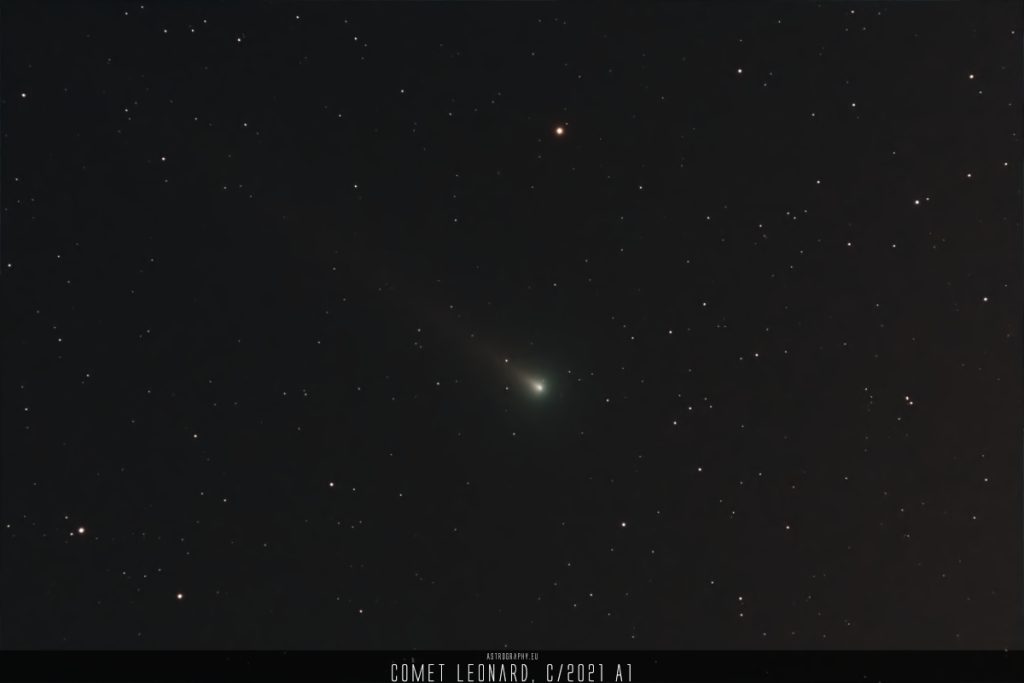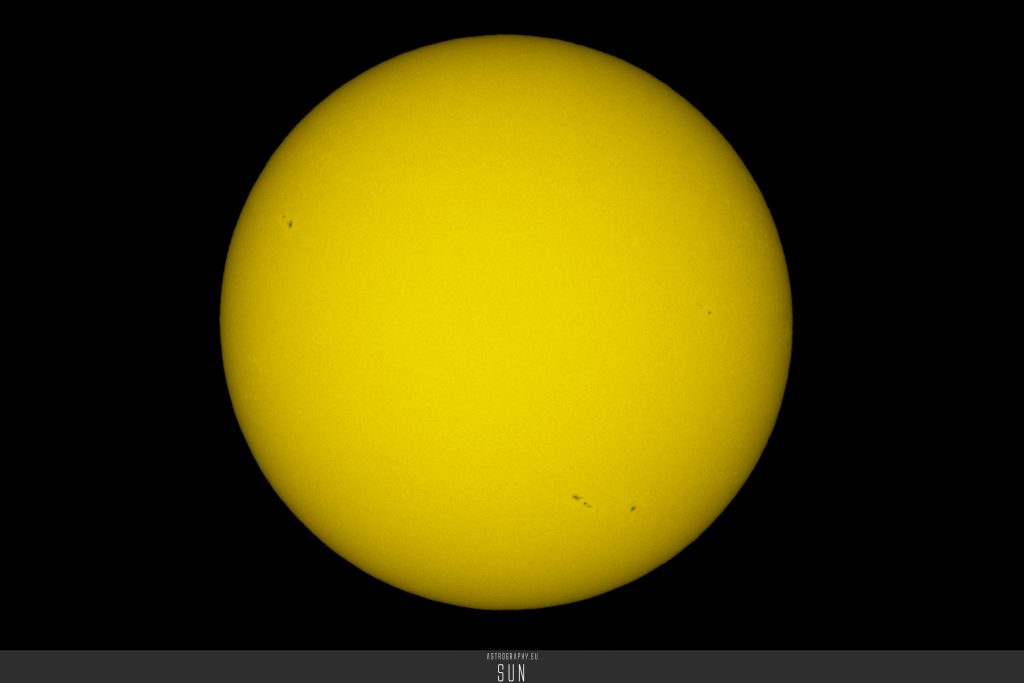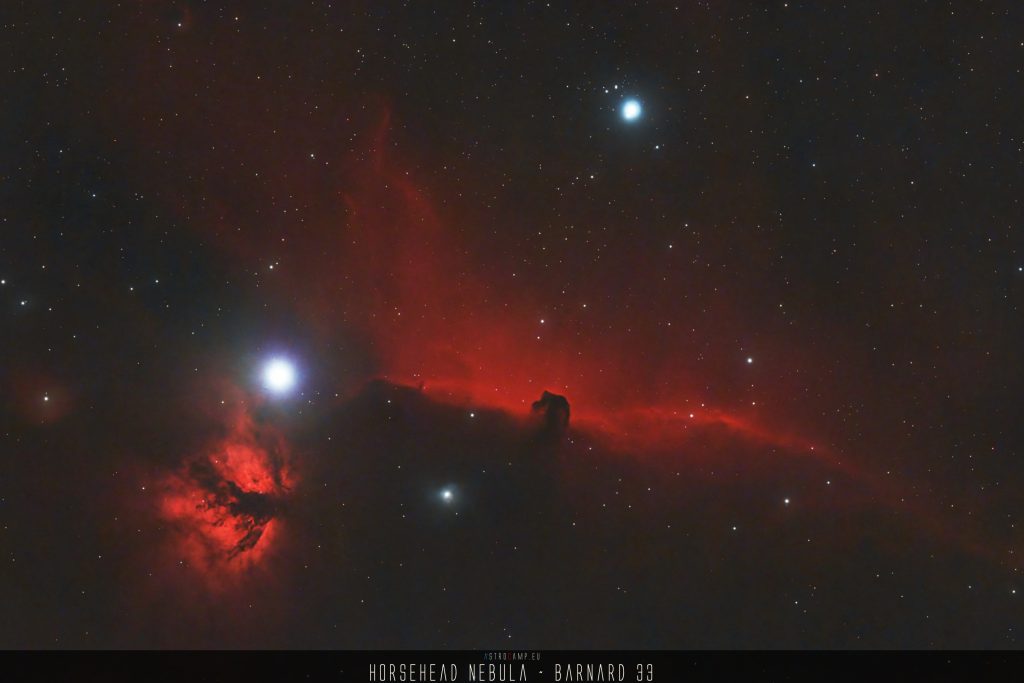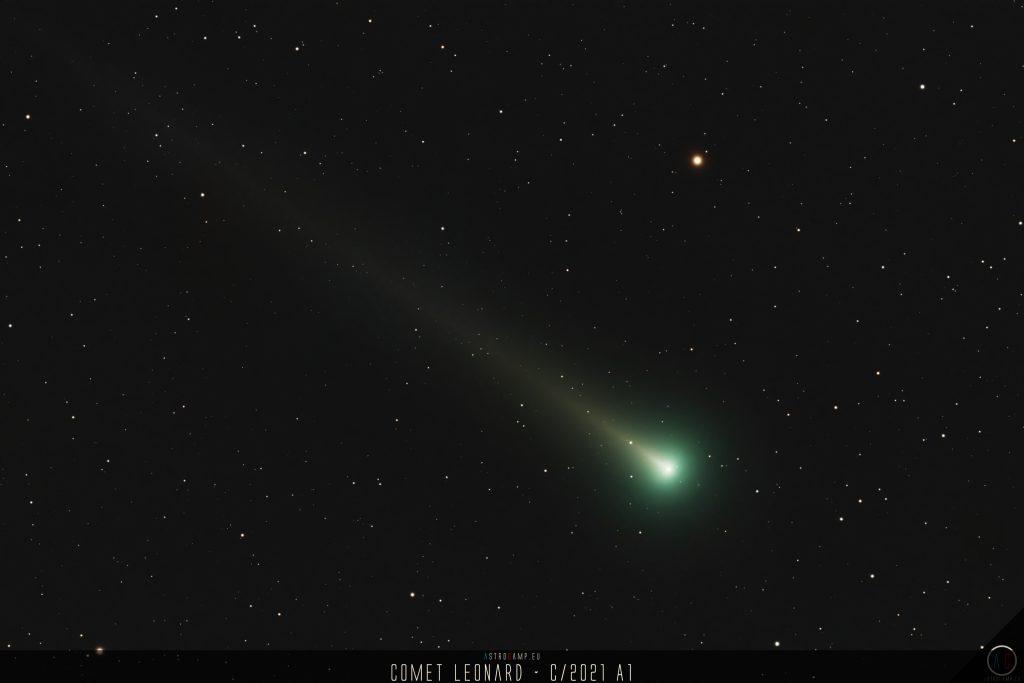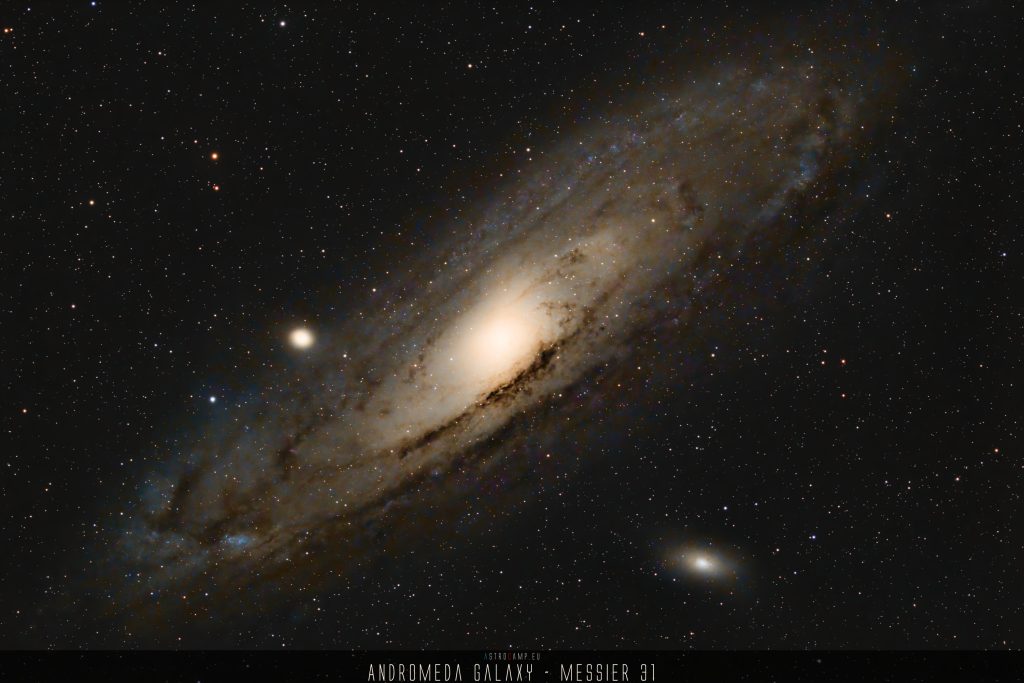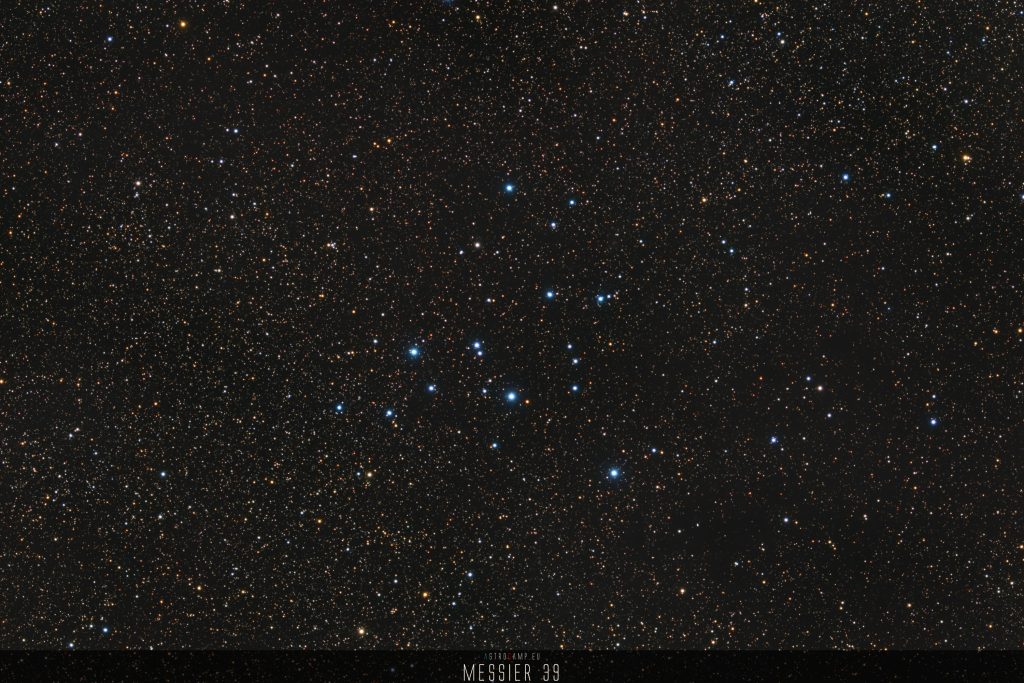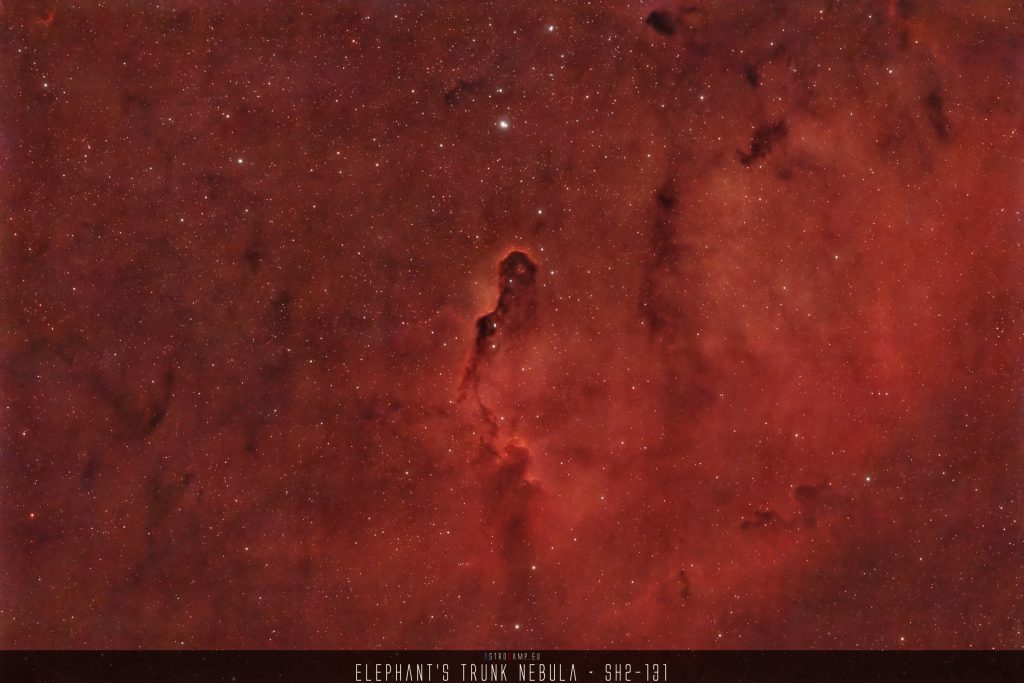Posts about photography of the sky, stars, constellations, nebulae, galaxies, other sky objects and space in general: Astrophotography!
Latest Blog-Articles:
Deep-Sky Objects and Astrophotos in Categories:

Comets
Comets are small celestial bodies composed of ice, dust, rock, and other volatile compounds. They orbit the Sun in elliptical or elongated trajectories. As a comet approaches the Sun, the frozen material on its surface ...
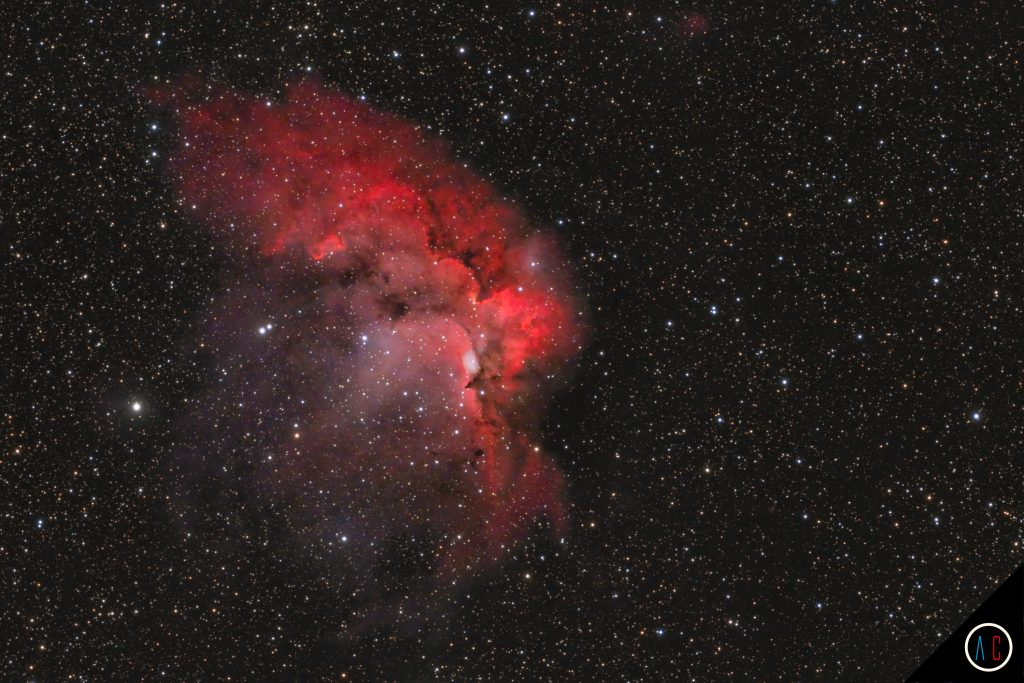
Emission Nebulae (H II)
Emission nebulae are interstellar clouds of gas and dust that emit light in various wavelengths due to the excitation of their atoms by high-energy radiation, such as ultraviolet light from nearby hot stars. When an ...

Galaxies
Galaxies are vast, gravitationally-bound systems of stars, gas, dust, and dark matter that make up the visible structure of the universe. They come in a wide variety of shapes and sizes, ranging from small, irregularly ...

Globular Clusters
Globular clusters are large, spherical clusters of stars that are gravitationally bound to each other. They are some of the oldest structures in the universe, with ages of up to 13 billion years, and are ...

Open Clusters
Open clusters are groups of young stars that are loosely bound together by gravity. They typically contain anywhere from a few dozen to a few thousand stars, which are all thought to have formed from ...

Planetary Nebulae
Planetary nebulae are glowing shells of gas and dust that are formed when a low-mass star reaches the end of its life and runs out of fuel to sustain nuclear fusion in its core. As ...

Reflection Nebulae
Reflection nebulae are clouds of gas and dust in space that are illuminated by nearby stars, causing the nebula to reflect the starlight and appear luminous. They are different from emission nebulae, which emit their ...

Supernovae (incl. Remnants)
A supernova is an extremely bright and energetic explosion of a massive star. It marks the end of the life cycle of a star that must be at least about 1.4 times the mass of ...


